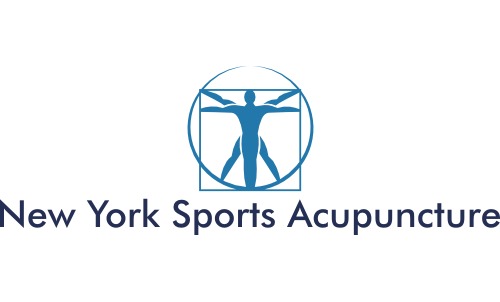BOOST IT WITH GINSENG
Ginseng is said to resemble a human body in shape, and it has been used for years in Asia. Recently, it has become a popular item in Western culture. Many claims about this root have been advertised, such as its reputation for extending longevity and its use for stamina and endurance. Let’s look at the types of ginseng and the differences.
There are three main types of ginseng used:
Panax Oriental Ginseng:
This ginseng is stronger than American ginseng. It is used as a general tonic, immune booster, anti-oxidant, anti-cancer herb and to calm the mind. The taste, which in Chinese medicine indicates the organ it benefits, is sweet, slightly bitter and warm. This benefits the heart, spleen and lungs. As it is calming, it also helps relieve heart palpitations and insomnia.
A main function in Chinese medicine is that this root generates fluids and quenches thirst in heat conditions. Ren shen benefits the “Original Qi,” hereditary energy we are born with and can help rid exhaustion.
American Ginseng:
American ginseng nourishes the yin of the body, especially in cases of the deficiency of yin. When one is deficient in yin, there are signs of heat in the yang that has become more exuberant. This ginseng root also helps fire excess, or exuberance of yang, because it generates fluids and helps dryness, heat, thirst and fever. Its taste properties are bitter and slightly cold.
Siberian Ginseng:
Siberian ginseng is not in the same category as the previous types mentioned. It is a weed, cheaper, and is used in Chinese medicine to help arthritis due to its benefit of dispelling cold and damp from the body, otherwise known as cold bi syndrome.
It is best to see a Chinese medical specialist or another qualified health care practitioner to get ginseng in a formula appropriate for your particular constitution, as ginseng can have serious side effects such as heart palpitations, dry mouth, dizziness, headache, high blood pressure and anxiety.
American Ginseng:
American ginseng nourishes the yin of the body, especially in cases of the deficiency of yin. When one is deficient in yin, there are signs of heat in the yang that has become more exuberant. This ginseng root also helps fire excess, or exuberance of yang, because it generates fluids and helps dryness, heat, thirst and fever. Its taste properties are bitter and slightly cold.
Siberian Ginseng:
Siberian ginseng is not in the same category as the previous types mentioned. It is a weed, cheaper, and is used in Chinese medicine to help arthritis due to its benefit of dispelling cold and damp from the body, otherwise known as cold bi syndrome.
It is best to see a Chinese medical specialist or another qualified health care practitioner to get ginseng in a formula appropriate for your particular constitution, as ginseng can have serious side effects such as heart palpitations, dry mouth, dizziness, headache, high blood pressure and anxiety.
There are also possible drug interactions with ACE inhibitors, blood pressure medications, blood thinners, diabetes medications, stimulants and antidepressants.
Ginseng is best used as a preventative tonic rather than a medicine, as it can prevent a pathogen from leaving the body’s “comfortable house”.
Your Chinese medical specialist can assess which herb is right for you and how to include it in a formula. It is not advisable to self-diagnose and take new herbs that may harm your health.
Give us a call for a personalized health evaluation to see if ginseng is right for you.
New York Sports Acupuncture
Bishara Wilson, DACM, L.Ac.
888.375.5444





